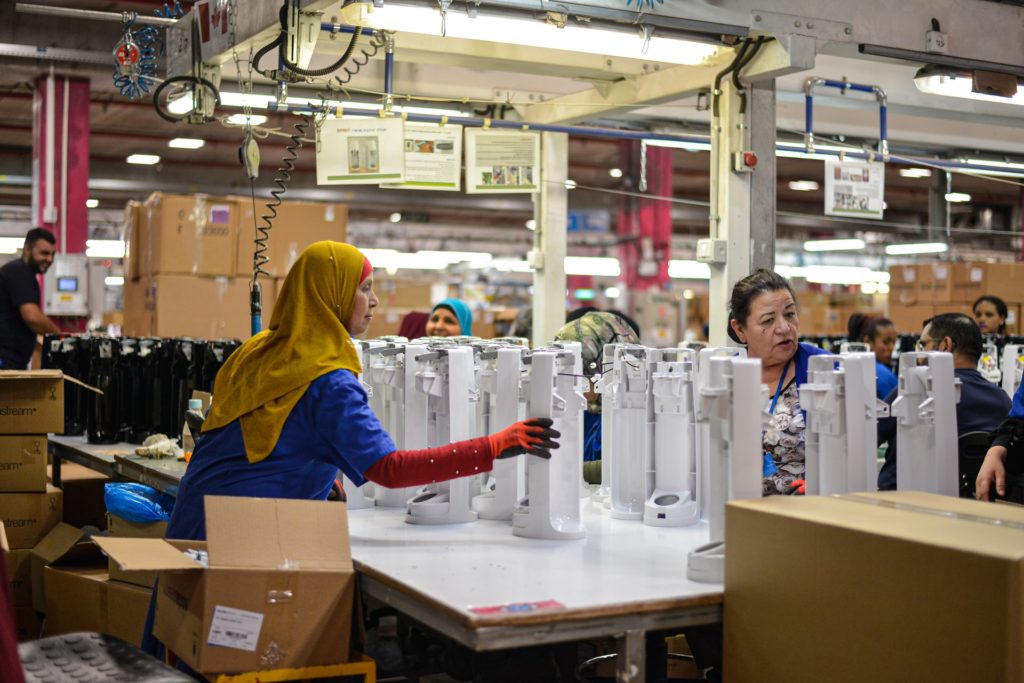Plastic is part of our everyday life. It is used in businesses, entertainment, and homes. You will find it in packaging, containers, or as product components. Companies that have a significant need for plastic items may consider manufacturing their own products. It is essential that they understand the methods applied in manufacturing plastic to help them come up with an informed decision on the best process that suits their needs. There are several means of molding plastic to create specific items.
Here are some pieces of information for you to explore:
Injection Molding
One of the most common methods of manufacturing plastic is through the use of a large part injection molding machine. It is an ideal process if the company intends to conduct mass production of plastic items whether it is for toys, phone stands, and others. The use of injection molds involves the process of melting resin pellets inside the machine through a heated barrel. The melted plastic is moved forward to a metal mold while ensuring an even mix. Melted plastic will fill the mold and this results in the solid plastic part of the product.
Injection molds are typically made from aluminum or steel and it can be an expensive investment. However, if you are producing volumes of plastic products, the components are economical. Generally, injection molding uses thermoplastics that can be melted and cooled several times; therefore, there is less material waste.
Extrusion Molding
Another common process is extrusion molding. It is similar to injection molding but rather than filling a mold with the melted plastic, the machine pushes the plastic towards a die that gives it a fixed shape. This method of plastic manufacturing works well for companies who need to produce various products such as door frames, pipes, and others. This process uses thermoset plastics or multiple-melt thermoplastics in its production cycles.

Blow Molding
This process of plastic manufacturing is more complicated than the previously discussed processes. Blow molding involves a pre-shaped, hollow length of melted thermoplastic called a parison. A mold envelops the parison and air pressure forces the hollow plastic towards the mold shape and creates a hollow object inside. Blow molding may also include injection, extrusion, and stretch blow molding processes. This method is employed by companies that create containers and bottles.
Rotational Molding
Lastly, rotational molding of plastic provides companies an alternative to producing hollow objects. Through this process, the plastic powder fills up the mold before it is heated. This mold will be placed in a furnace and will be rotated until the plastic powder inside melts and coats the entire mold. It produces a single layer of plastic that follows the shape of the hollow mold. Likewise, it leaves the product interior hollow. Rotational molding of plastic products provides manufacturers an opportunity to create components and products for toys, auto parts, and furniture.
The use of plastic will continue to make life easier and more convenient for people around the world. Despite claims on banning the use of plastics, we can no longer imagine the world without products and components made from this material. Plastic made everything lighter and more affordable. It is used in appliances, automotive, furniture, toys, office equipment, food packaging, and almost everything else that we use and need every day.
For these reasons, many companies want to manufacture their own plastic requirements. It is crucial for these companies to know the various processes and methods of plastic production to ensure that they are investing in the right kind of machinery.




